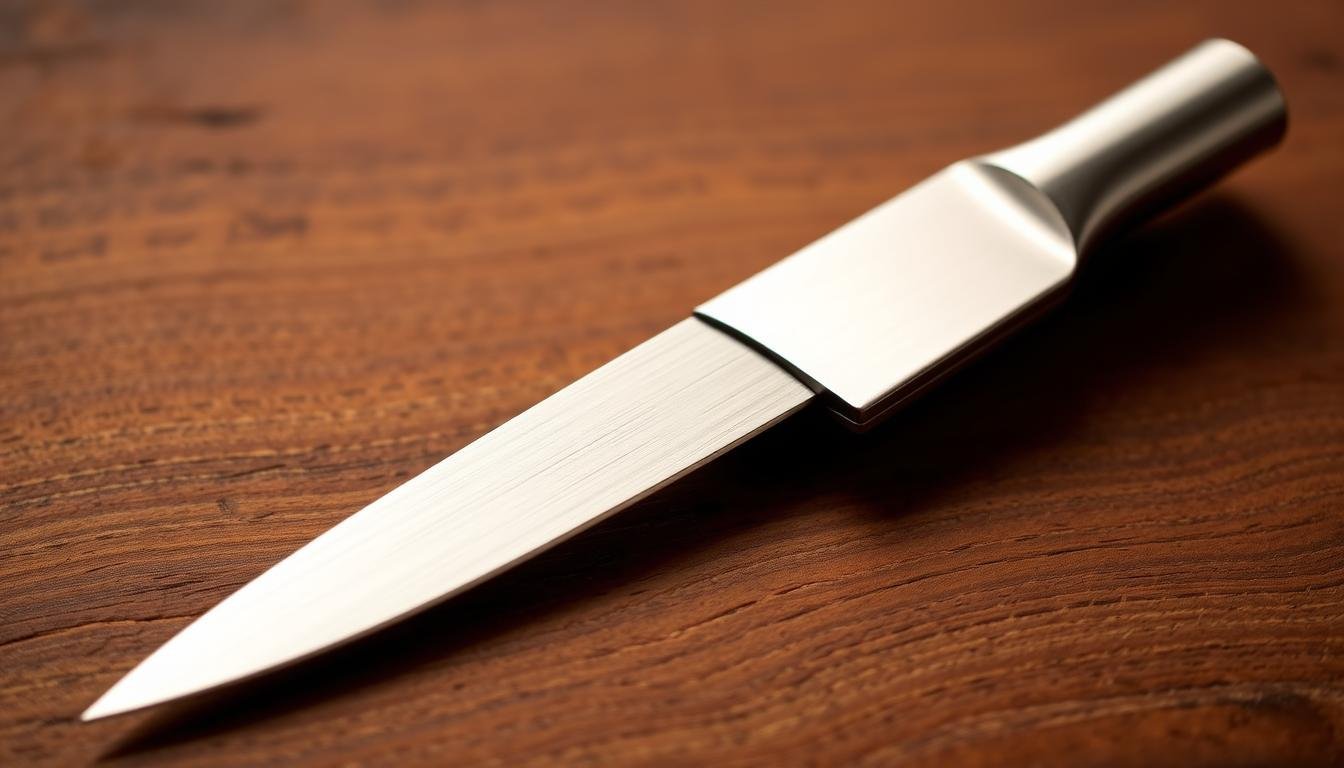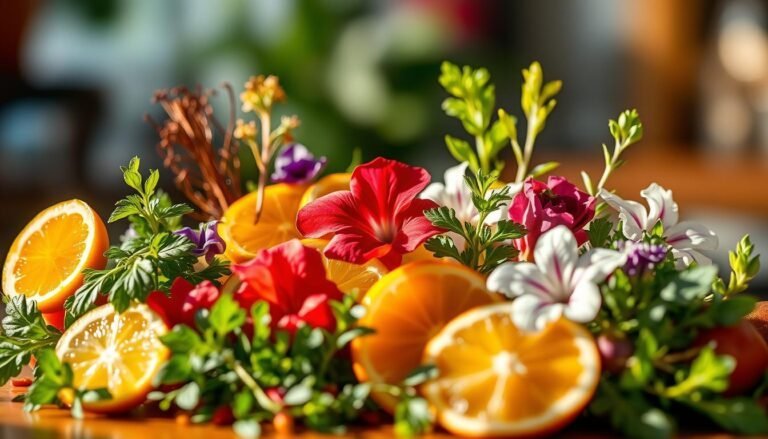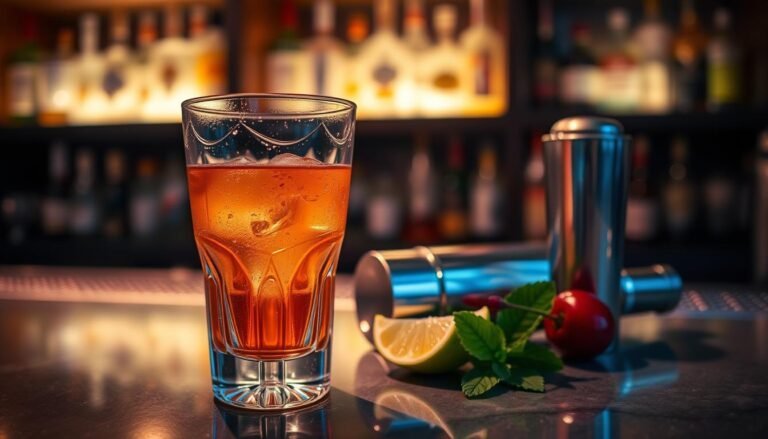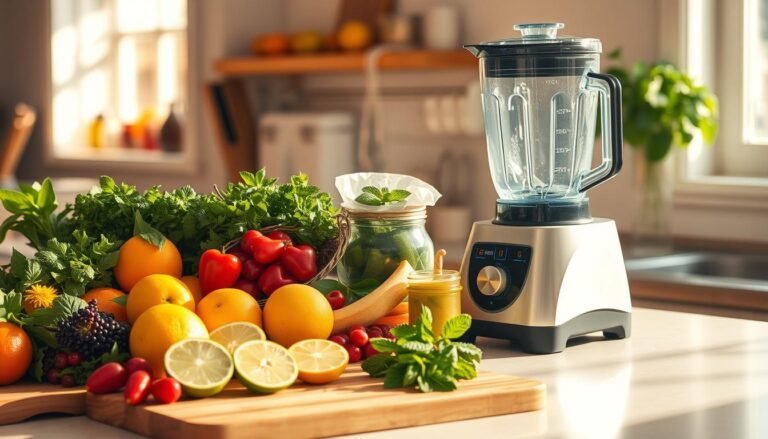Disclosure: This Post Contains Affiliate Links; We earn a commission on purchases.
A paring knife is key in bartending. It helps make perfect peels and garnishes. These add to the cocktail’s charm.
With a sharp knife, bartenders can cut fruits and garnishes well. This adds elegance to their drinks.
The quality and use of a bartender’s knife matter a lot. It changes how a cocktail looks and feels.
Key Takeaways
- A paring knife is essential for creating visually appealing garnishes and peels.
- Precision cutting with a paring knife elevates the cocktail experience.
- A good paring knife is a versatile tool for bartenders.
- The quality of the knife affects the presentation of the cocktail.
- A paring knife is a must-have tool for professional bartenders.
The Essential Role of Paring Knives in Bartending
In bartending, a sharp paring knife is key, not just a tool. It helps bartenders make amazing cocktails. With a top-notch paring knife, they can make fancy garnishes and peels. These add to the look and taste of their drinks.
Why Every Bartender Needs a Dedicated Paring Knife
Every bartender needs a special paring knife. It lets them make precision cuts for even garnishes. A sharp knife also keeps bartenders safe and working well, even when it’s busy.
How Precision Cuts Transform Ordinary Cocktails
Precision cuts make simple cocktails special. For example, a well-cut citrus twist adds just the right amount of oil. This boosts the smell and taste of the drink. A great paring knife helps bartenders be creative and consistent with their garnishes. This makes their cocktails stand out.
Understanding the Paring Knife: A Bartender’s Perspective
A paring knife is key for bartenders. It helps make the perfect cocktail. The right knife improves drink presentation and quality.
A good paring knife has important features. These make it a must-have behind the bar.
Blade Size and Shape Considerations
The size and shape of the blade matter a lot. A stainless steel paring knife with a 2 to 4 inch blade is best. This size is perfect for precise cuts and making fancy garnishes.
Handle Design and Grip for Behind-the-Bar Use
The handle design is also vital. It affects how comfortable the knife feels in your hand. Bartenders like handles that are ergonomic and provide a good grip, even when wet.
Materials That Stand Up to Citrus and Moisture
The material of the knife is important too. It must resist corrosion. A stainless steel paring knife is great because it can handle citrus and moisture. This makes the knife last longer.
Top Paring Knife Techniques for Stunning Garnishes
Learning to garnish drinks is key for bartenders. A good garnish makes a drink look and taste better. With a paring knife, bartenders can make garnishes that look great and taste good.
Mastering Citrus Peels, Twists, and Zests
Citrus peels, twists, and zests are common in cocktails. Start with a fresh citrus fruit. Use your paring knife to slice off a thin layer of peel, avoiding the white pith.
For a twist, cut a thin strip of peel and twist it over the drink. For a zest, shave off the outer layer of the peel with a gentle grating motion.
- Use a gentle touch to avoid cutting too deeply into the fruit.
- Experiment with different citrus fruits, such as lemons, limes, and oranges.
- Store citrus fruits in the refrigerator to keep them fresh.
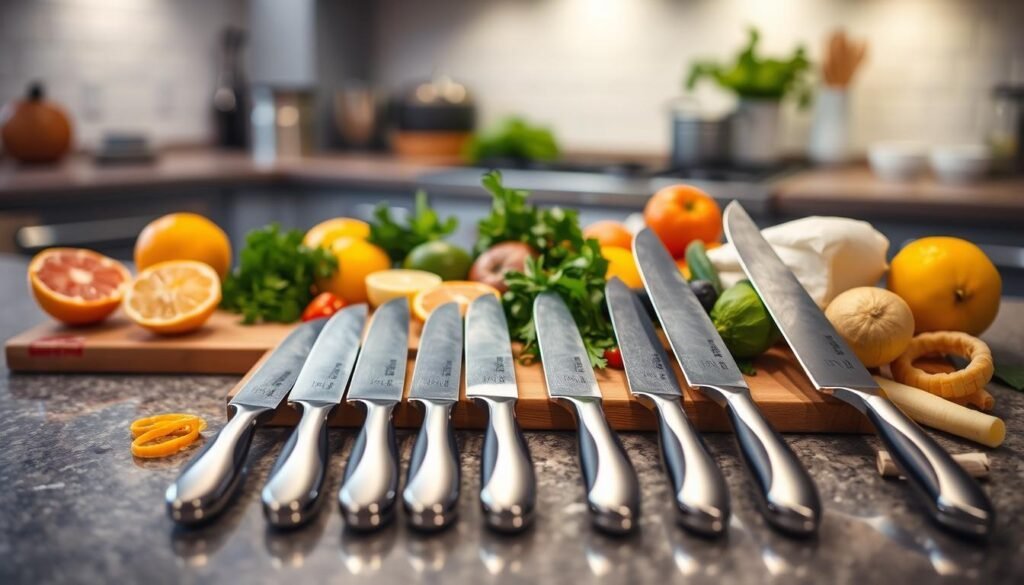
Creating Precision Fruit and Vegetable Garnishes
Paring knives can also make other garnishes. Use a sharp knife and a gentle sawing motion for precise cuts. This is great for cutting thin slices of fruit or vegetables, like cucumbers or carrots.
- Choose fresh, firm fruits and vegetables.
- Cut on a stable surface to avoid accidents.
- Experiment with different cutting techniques, such as julienne or batonnet.
Advanced Decorative Cuts for Craft Cocktails
For advanced bartenders, decorative cuts can make a cocktail look fancy. Techniques like carving, sculpting, and detailed cutting can create unique garnishes. Practice is important to get better at these techniques.
- Use a high-quality paring knife with a sharp blade.
- Experiment with different materials, such as fruit, vegetables, and herbs.
- Pay attention to detail to ensure your garnishes are visually appealing.
By mastering these techniques, bartenders can make their cocktails stand out. Whether you’re experienced or new, the right paring knife skills can greatly improve your mixology.
Selecting the Best Paring Knife for Your Bartending Style
Choosing the right paring knife is key for bartending. It’s not just for cutting; it’s about precision and presentation. Whether you’re new or experienced, picking the right knife is important.
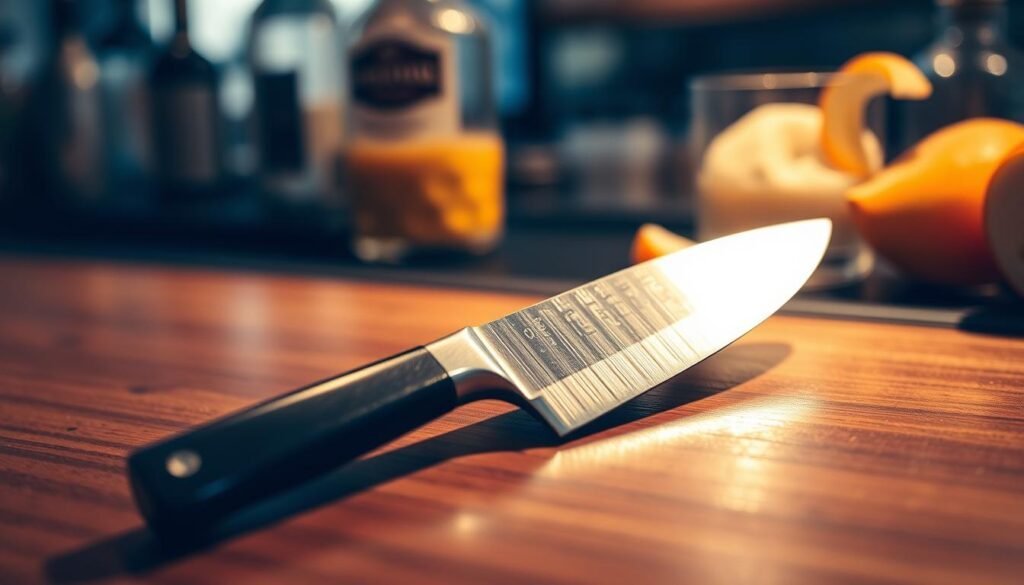
Professional-Grade vs. Affordable Options
There’s a big debate on affordable paring knives vs. professional-grade ones. Food and Wine experts say pro-grade knives are sharper and last longer but cost more. Yet, affordable paring knives offer great value for those on a budget or new to bartending.
Stainless Steel Paring Knives: Benefits Behind the Bar
Stainless steel paring knives are loved by bartenders. They resist corrosion and are easy to clean. This makes them perfect for the wet and citrusy bar environment.
Specialized vs. All-Purpose Paring Knives
Choosing between specialized and all-purpose paring knives depends on your needs. Specialized knives are great for specific tasks. All-purpose knives are versatile and can do many things, making them handy for many bartenders.
Safety and Maintenance: Keeping Your Paring Knife Bar-Ready
In a busy bar, keeping your paring knife safe and in good shape is key. A sharp knife makes your garnishes better and keeps everyone safe.
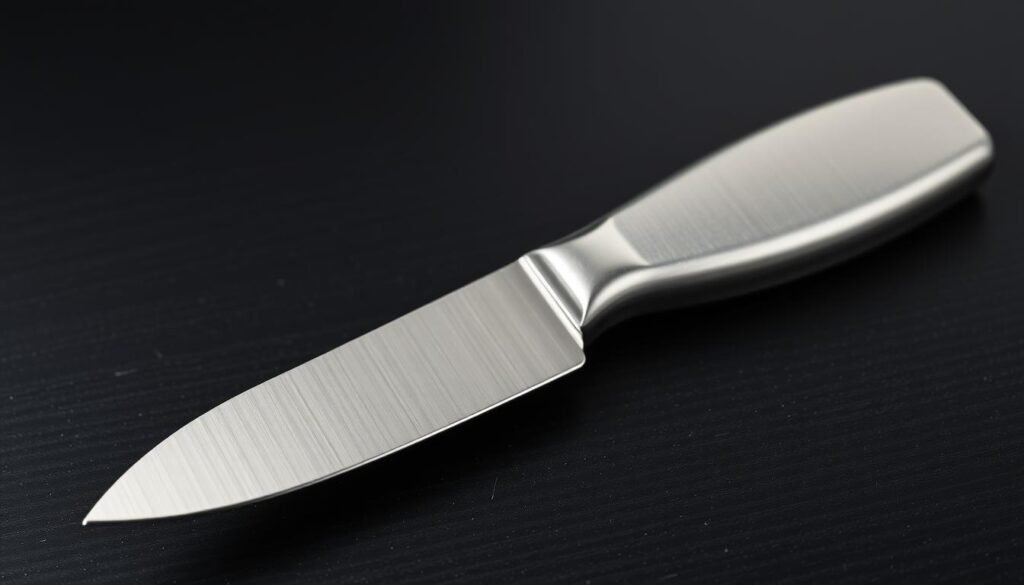
Safe Handling Practices in Fast-Paced Environments
It’s important to handle your paring knife safely, even when things get busy. Always curl your fingers under and away from the blade. Use a gentle, rocking motion when cutting to avoid accidents and make precise cuts.
Proper Cleaning and Storage Between Service
Clean your paring knife right after you use it to stop bacteria spread. Use warm, soapy water and dry it well. Store it in a special container or on a magnetic strip for easy access. A stainless steel paring knife is great for bars because it doesn’t rust.
Sharpening Routines for Consistent Performance
A dull knife is not only less useful but also more dangerous. It needs more force to cut, which raises the risk of accidents. Sharpen your knife regularly to keep it sharp and safe. Sharpen your best paring knife at the start of each shift or when it gets dull.
By following these tips, bartenders can keep their paring knife sharp and safe. This improves their cocktails and makes the bar a safer place.
Conclusion: Elevating Your Cocktail Craft with the Right Paring Knife
A paring knife is more than a tool. It’s key to making great cocktails. It helps you make fancy garnishes and peels that make drinks better.
Getting a good paring knife can really improve your bartending. The right knife lets you do precise cuts. This is important for making cool citrus twists and fruit designs.
Choosing the right paring knife is important. Look at the blade size, handle, and material. Keeping it clean and sharp is also key.
With a good paring knife, you can make amazing drinks. Your drinks will look great and taste even better.
FAQ
What is the ideal blade size for a paring knife used in bartending?
Why is a stainless steel paring knife preferred for bartending?
What are some essential techniques for using a paring knife to create garnishes?
How often should I sharpen my paring knife to maintain its performance?
What are the benefits of using a professional-grade paring knife over an affordable option?
How can I ensure safe handling of a paring knife in a fast-paced bartending environment?
What is the best way to clean and store a paring knife between services?
Can a paring knife be used for tasks other than creating garnishes?

From refreshing non-alcoholic sips to simple cocktails anyone can make, Ryan’s goal is to help you pour great drinks without the guesswork. Whether you’re hosting a party or just want something quick and tasty, Ryan’s practical tips make mixing drinks fun, fast, and stress-free.
Subscribe to Our Newsletter

